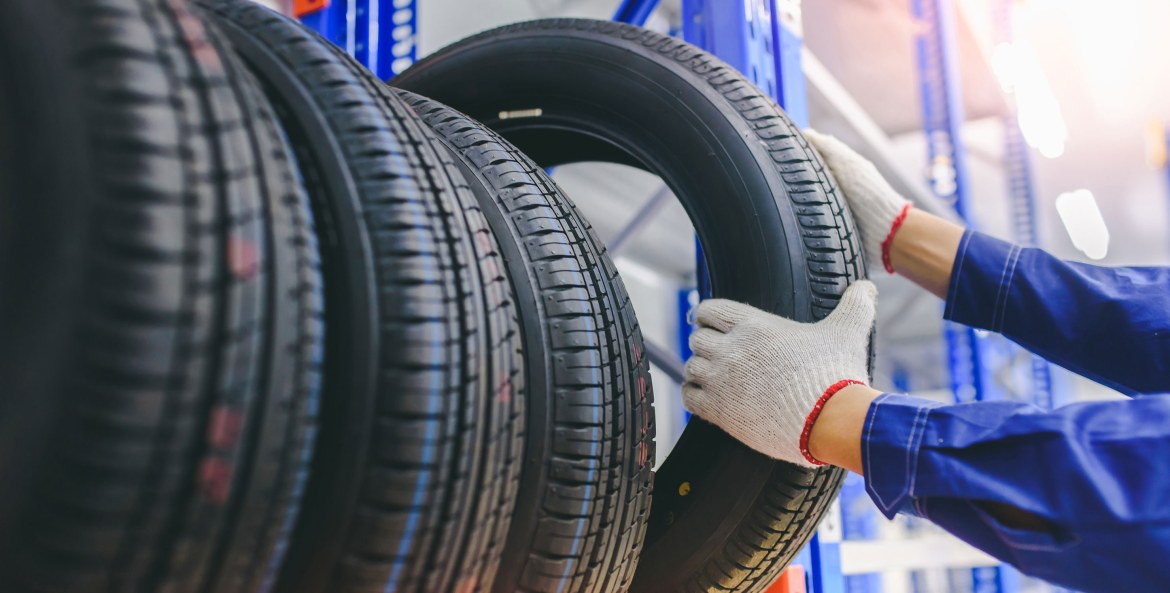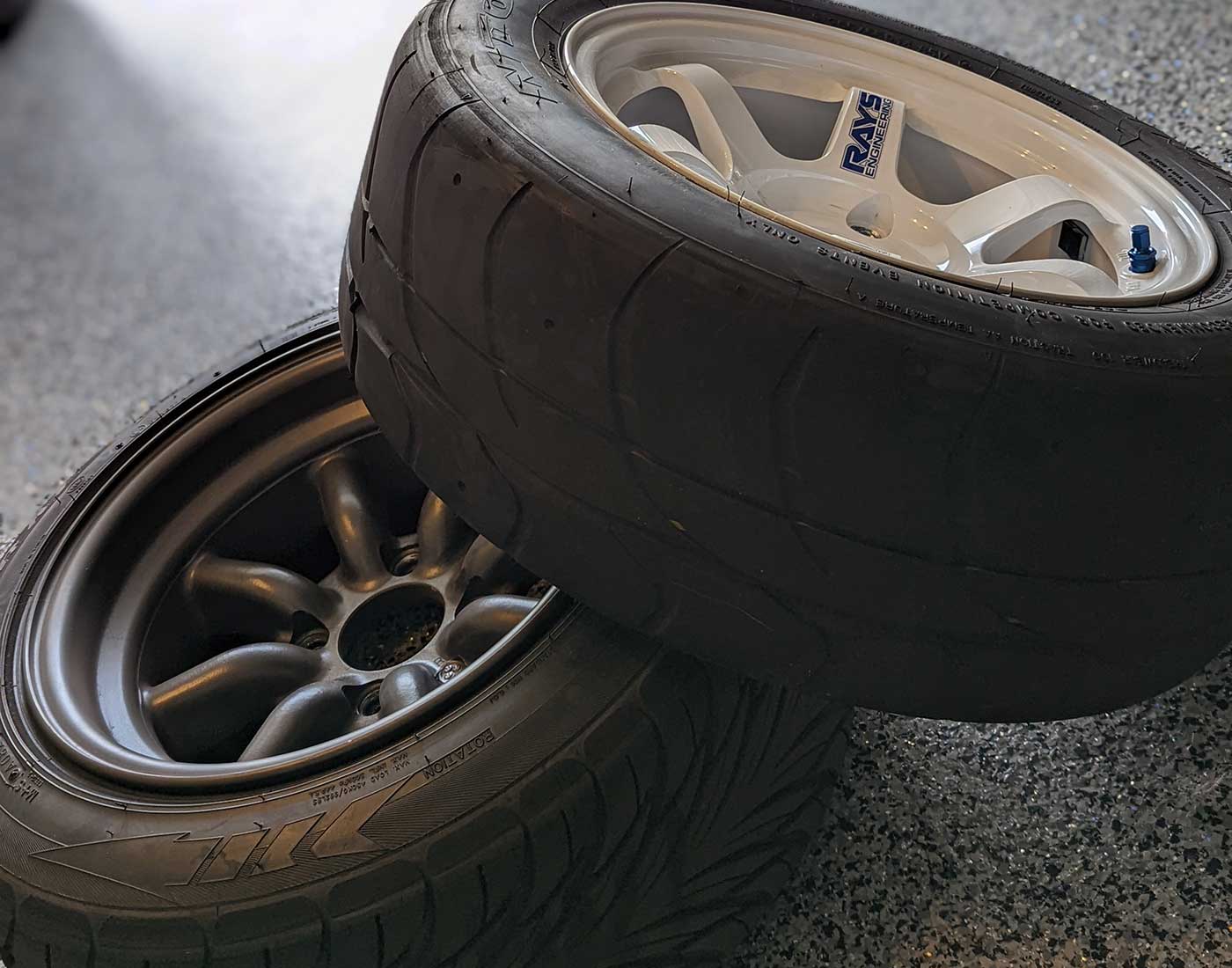All Categories
Featured
Table of Contents
The Michelin used a comfy driving experience, qualified by receptive guiding and a dynamic understeer equilibrium. In spite of the cooler testing conditions, Michelin's consistent time and grip over 3 laps suggests its viability for real-world applications.
The tyre's initial lap was a second slower than the second, directing to a temperature-related grasp boost. For daily usage, the Michelin might be a safer wager.
Leading Vehicle Tyres Near Me – Brabham 6055 WA
It shared Michelin's risk-free understeer balance however did not have the latter's determination to turn. Continental and Goodyear's efficiencies were significant, with Continental's brand-new PremiumContact 7 showing a considerable improvement in wet conditions compared to its predecessor, the PC6. This design was far much less conscious fill changes and acted just like the Michelin, albeit with a little much less communication at the limit.
It integrated the risk-free understeer equilibrium of the Michelin and Continental with some flashy handling, confirming both foreseeable and quick. As an all-rounder for this Golf GTI, Goodyear's Uneven variety was the standout, demonstrating impressive performance in the damp. Ultimately, the Bridgestone Potenza Sport took the crown as the fastest tire, albeit by a tiny margin.
Motorists seeking an exciting wet drive might find this tyre worth thinking about. The standout entertainer in wet stopping was the newest tire on examination, the PremiumContact 7, though the outcomes are nuanced.
Best Budget Tyres Near Me – Brabham WA
Preferably, we desired the chilly temperature level test to be at around 5-7C, but logistical hold-ups suggested we tested with an average air temperature of 8C and water at 12C. While this was cooler than conventional test conditions, it was still warmer than real-world problems. The warm temperature examination was done at approximately 18C air and 19C water.
The 3rd run included damp braking examinations on used tyres, particularly those machined to 2mm with a small altercation. While we meant to do even more with these used tyres, weather condition restrictions restricted our screening. It's worth noting that damp stopping is most important at the used state, as tyres normally boost in dry conditions as they use.

It shared the most significant performance drop, along with the Yokohama, when worn. Bridgestone, Goodyear, and Michelin saw the least efficiency reduction when put on. Bridgestone and Goodyear's efficiency dipped in cooler problems. The Hankook tyre registered the smallest efficiency decrease as temperature levels cooled down, but it was amongst one of the most impacted when worn.
Trusted Tyre Safety Checks – Brabham 6055 WA
The take-home message right here is that no solitary tire stood out in all aspects of wet braking, suggesting a complicated interplay of factors influencing tyre performance under different problems. There was a standout tire in aquaplaning, the Continental finished top in both straight and bent aquaplaning, with the Michelin and Goodyear also very good in deeper water.

Yokohama could gain from slightly more grip, a problem potentially influenced by the colder conditions. As for handling, all tyres carried out within a 2% array on the lap, showing their high-quality performance (Cheap tyres). Thinking about these tires essentially target the exact same consumer, it's fascinating to observe the substantial distinctions in feel.
The surprise is due to the fact that the PremiumContact 6 was one of my favourites for sporty dry drives, but its follower, the PremiumContact 7, appears elder and appears like Michelin's efficiency. Among these, Hankook was the least accurate in steering and communication at the restriction. Tyre tuning. Both Michelin and Continental offered beautiful preliminary steering, albeit not the fastest
If I were to recommend a tyre for a fast lap to a newbie, say my papa, it would certainly be one of these. After that we have the 'enjoyable' tyres, particularly Yokohama and Bridgestone. Both were speedy to steer and really felt sportier than the others, but the compromise is an extra playful back side, making them much more difficult to take care of.
Tyre Repair Services Near Me
It supplied comparable guiding to Bridgestone however offered better comments at the restriction and better hold. The Bridgestone Potenza Sport, nonetheless, appeared to deteriorate rather quickly after just three laps on this demanding circuit. Lastly, there's Goodyear, which placed itself somewhere between the fun tyres and those tending towards understeer.
All in all, these tyres are excellent entertainers. In terms of tire wear, the approach utilised in this examination is what the sector refers to as the 'gold criterion' of wear.
Both the Bridgestone and Yokohama tyres dramatically underperformed in contrast to the other 4 tyres in regards to rolling resistance, with Continental a little outperforming the remainder. Relating to the convenience degree of the tyres, as anticipated, the majority of demonstrated an inverted relationship with handling. The Continental, Michelin, and Goodyear tires carried out best throughout numerous surface types examined.

Bridgestone started to reveal indicators of suppleness, while Yokohama was particularly jarring over gaps. We did gauge internal sound degrees; however, as is often the case, the results were carefully matched, and because of weather constraints, we were unable to conduct a subjective evaluation of the tires noise. We looked at abrasion numbers, which determine the amount of tire walk shed per kilometre, normalised to a one-tonne car.
Top Tyre Rotation Near Me – Brabham WA
This figure represents the amount of rubber dirt your tires produce while driving. Michelin led in this category, creating over 9% much less rubber particulate issue.
Table of Contents
Latest Posts
High-quality Tyres
Best Premium Tyre Selection
Car Tyres ( Swan 6066 WA)
More
Latest Posts
High-quality Tyres
Best Premium Tyre Selection
Car Tyres ( Swan 6066 WA)